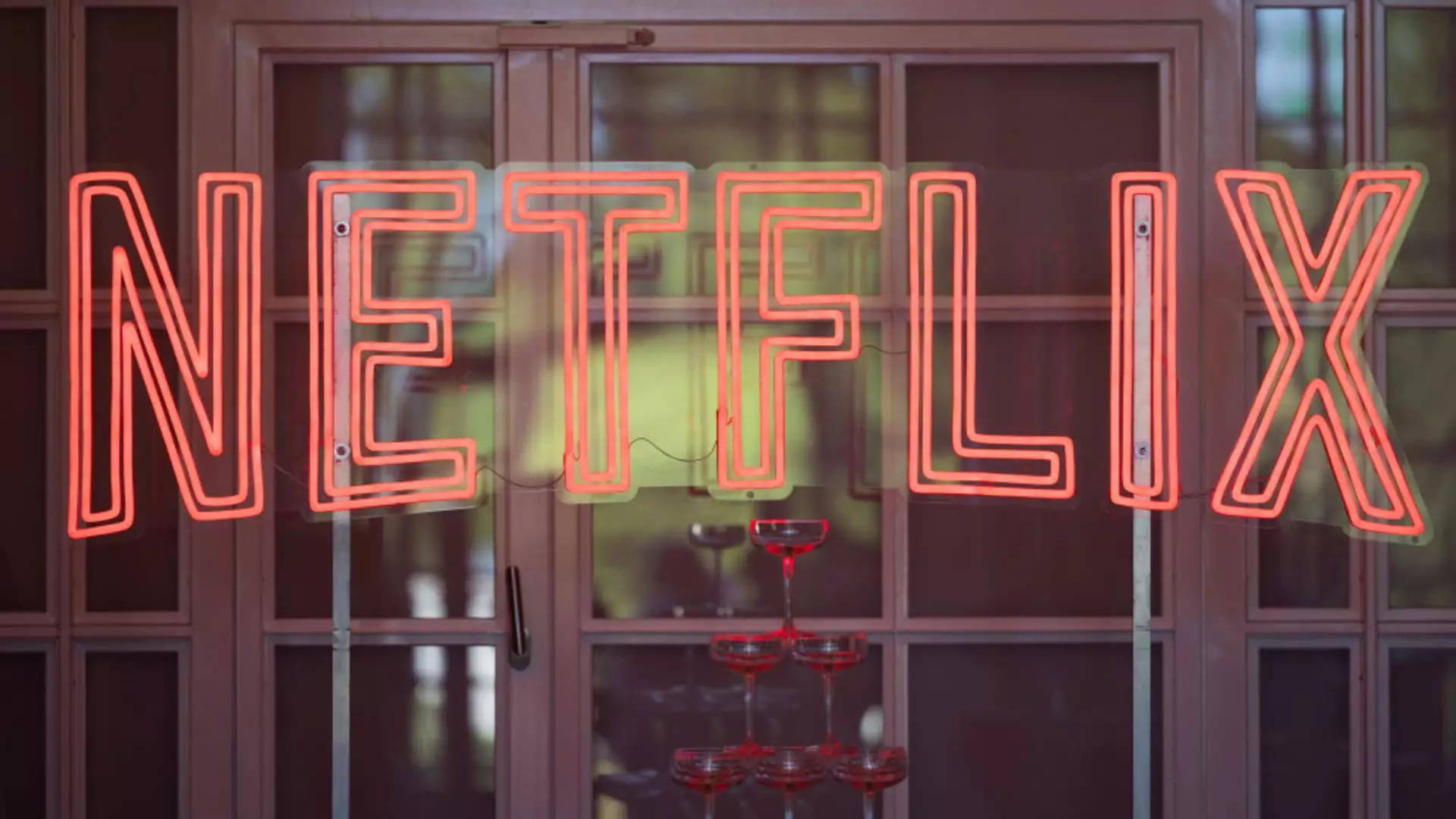Netflix, a frontrunner in the streaming industry, has recently shocked its subscribers with a significant price hike across most of its U.S. plans. On a Tuesday announcement, the company revealed that its standard plan without commercials will see a jump from $15.49 to $17.99 per month. This marks a notable shift as Netflix adapts to the competitive arena, attempting to balance profitability with customer retention. In addition, the newly introduced ad-supported plan will experience a modest increase, rising from $6.99 to $7.99 monthly, while the premium plan will elevate from $22.99 to $24.99. This move, coupled with impending price shifts in international markets such as Canada, Portugal, and Argentina, signals that Netflix is potentially paving the way for a more complex pricing structure in the streaming marketplace.
The Streaming Landscape: A Broader Context
The surge in Netflix’s pricing cannot be viewed in isolation; rather, it reflects a broader trend in the streaming industry. Competitors like Disney and Warner Bros.’ Max services have also implemented their own price increases, catalyzing a price war beneath a rising tide of consumer choices. Consumers are facing an evolving reality where streaming services are gravitating toward higher prices in conjunction with ad-supported content to maximize revenue. This transition to ads and elevated subscription fees indicates that streaming platforms are experimenting with various revenue models to achieve sustainability and combat slowing subscriber growth.
Ad-Supported Plans: A Double-Edged Sword
Netflix launched its ad-supported plan in November 2022 in response to stagnating subscriber growth, a brave move that seems to be bearing fruit. The company reported an impressive milestone of 70 million global monthly active users subscription on its ad-based plans. However, the strategy of introducing lower-cost plans alongside advertising can lead to mixed feelings among users, who may prefer uninterrupted viewing experiences. The success of this hybrid model remains an open question as user satisfaction and retention are critical to long-term success in an increasingly crowded marketplace.
In tandem with its pricing strategy, Netflix has been intensifying efforts to address password sharing — a long-standing challenge for streaming services. The company’s new “extra members” feature, allowing subscribers to add additional users for a fee, serves as a pivotal effort to monetize shared accounts. With the cost rising from $7.99 to $8.99 for standard plans without ads, Netflix seeks to convert unauthorized users into paying customers. Notably, Netflix saw record growth during its fourth quarter, adding 19 million paid memberships and surpassing 300 million subscribers, suggesting that these strategies may be rewarding the company.
As Netflix navigates this new era, characterized by rising prices and heightened competition, it grapples with the dual challenges of attracting new subscribers while keeping current audiences engaged. The company’s recent price hikes signal not just a radical shift in its pricing model, but also a thrilling chapter in the ongoing evolution of streaming content. As consumers weigh their options in this dynamic space, whether they remain loyal to Netflix will be determined by how effectively the platform delivers value amidst increased costs and changing service structures.



Leave a Reply